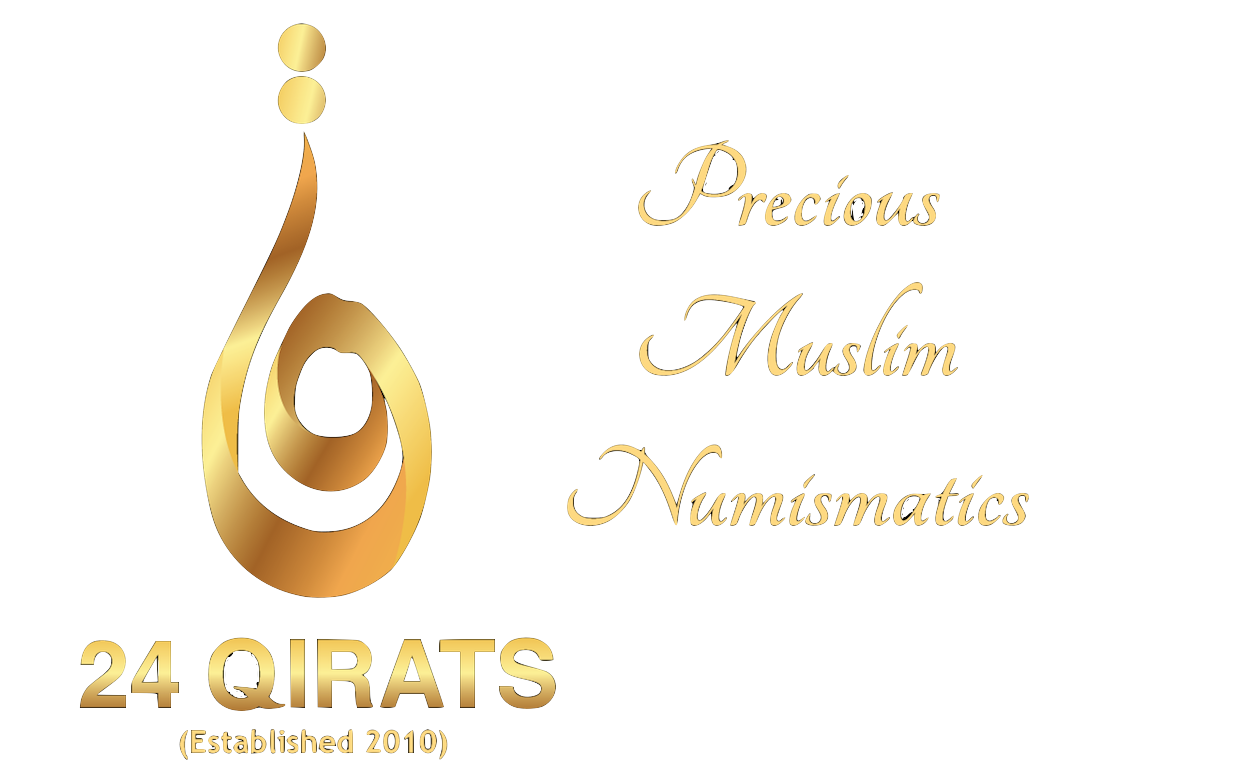The Nabawi Silver Dirham: The Shield of Zakat-ul-Fitr
The Nabawi Silver Dirham: The Shield of Zakat-ul-Fitr
By Hisham Kassim
(First Published 5 Ramadan 1430 Hijri )
“The Holy Prophet enjoined Zakat-ul-Fitr on the one who fasts to shield one’s self from any indecent act or speech, and for the purpose of providing food for the needy.”
(Hadith related by Abu Dawud, Ibn Majah and ad-Daraqutni)
Muslims worldwide are obliged to pay Zakat-ul-Fitr as alms at the end of the holy month of Ramadan. It is unanimously recognized by all schools of Islamic Law as a pious duty of every Muslim man and woman, and a blessed way of following in the footsteps of the Holy Prophet .
The origin of this obligation can be dated to the month of Shaaban in 2 Hijri, and this mandatory giving of alms was personally carried out 9 times by the Holy Prophet before he passed on in the month of Rabiulawwal in 11 Hijri.
Ibn Umar said, “The Holy Prophet enjoined the payment of one Sa’ of dates or one Sa’ of barley as Zakat-ul-Fitr on every Muslim, slave or free, male or female, young or old, and he ordered that it be paid before the people went out to offer the Eid prayer.”
(Hadith related al-Bukhari and Muslim)
Every adult Muslim who possesses more that what is needed as basic food for the duration of a single day and night must pay Zakat-ul-Fitr. The amount payable is a Sa’, and a Sa’ is about four Amdad or cupped handfuls. Zakat-ul-Fitr is given from the usual staple foods of the people of the land whether it is wheat, or barley, or dried dates, or rice, or raisins, or even cheese.
Abu Sa’id said, “When the Holy Prophet was amongst us, we used to give Zakat-ul-Fitr on behalf of every person, young and old, free or owned (i.e. a slave), as a Sa’ of Ta’am (millet or corn), or a Sa’ of cheese (dried milk), or a Sa’ of barley, or a Sa’ of dried dates, or a Sa’ of raisins.” (Hadith related by al-Bukhari and Muslim)
Today, the metric equivalent of a Sa’ is approximately 2.27 kilos. In Malaysia, Zakat-ul-Fitr rates have been fixed at RM5 to RM8 nationwide, depending on the price of 2.27 kilos of rice in the market.
The recipients of Zakat-ul-Fitr are the same as the recipients of the general Zakat, except that the poor and the needy have more right to it than the other people who have a share in it.
Zakat can only be distributed among 8 categories of people:
Faqir
- – One who has neither material possessions nor means of livelihood.
Miskin
- – One who has insufficient means of livelihood to meet basic needs.
Amil
- – One associated with the collection and distribution of Zakat.
Muallafathul Quloob
- – One with a softened heart who then reverts to Islam.
Riqab
- – One who wants to break free from bondage or the shackles of slavery.
Gharmin
- – One who is in debt (money borrowed to meet basic, Halal needs).
Fisabillillah
- – One who uses the Zakat received in the way of Allah Almighty.
Ibnus Sabil
- – One who is stranded in a journey.
It is better to give Zakat-ul-Fitr from the types of food prescribed because it has never been confirmed that the Holy Prophet gave money for it in place of food. However, money is a more convenient form of payment for Zakat-ul-Fitr today. The closest value of exchange for RM8 of fiat money in terms of the Sunnah currency is 1 Nabawi Silver Dirham with a Nuqud weight of 4 grams which was predominant during the Prophethood of Rasulullah . After all, a shield should be in a sturdy form of metal such as silver because paper can be easily set afire… Allah Almighty knows best.
